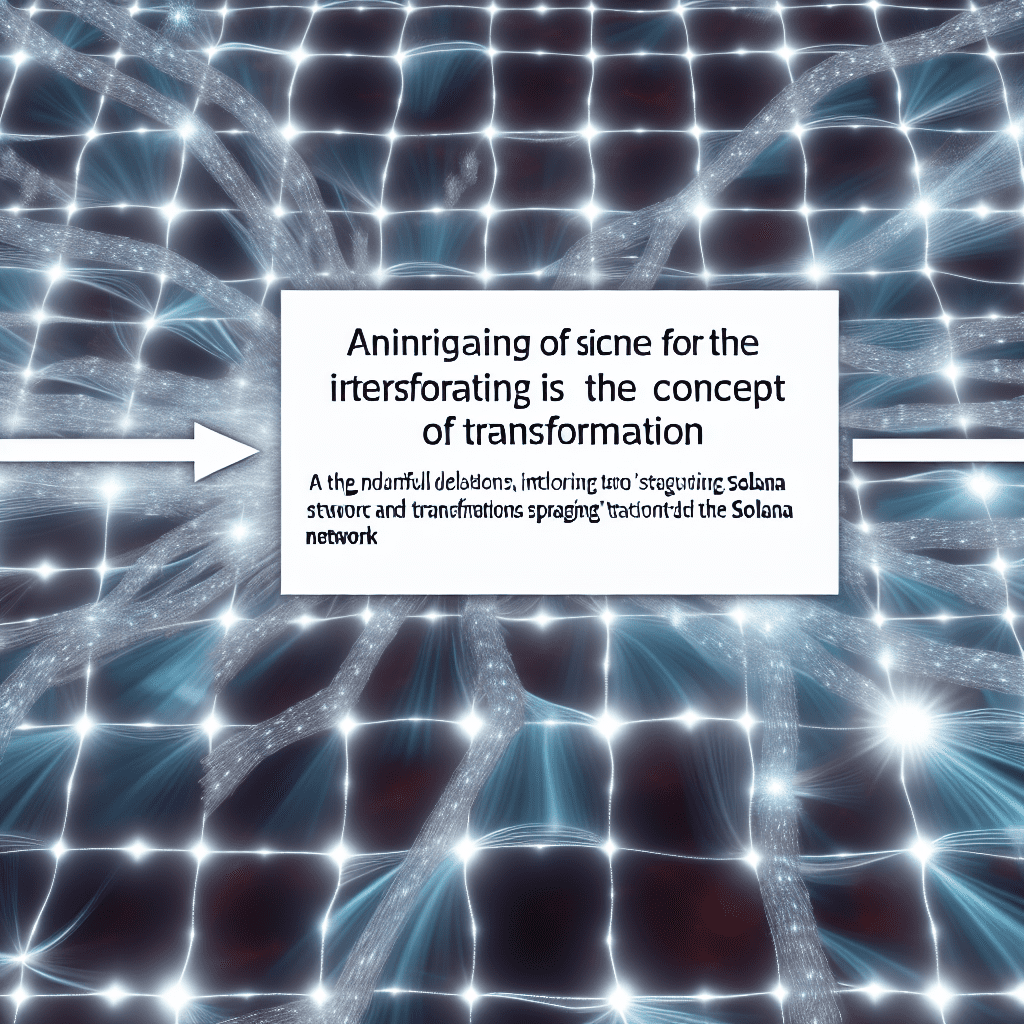The Firedancer team at Jump Crypto has unveiled SIMD-0370, a proposal set to transform transaction processing on Solana.
This independent validator client aims to eliminate the network’s fixed compute unit (CU) block limit, asserting that validator performance should dictate capacity rather than an arbitrary barrier.
Diverging Opinions Among Solana Developers on Block Cap Replacement
Sponsored
The proposal builds upon Alpenglow, an upcoming network upgrade designed to decrease block finality from 12.8 seconds to as short as 100–150 milliseconds.
Alpenglow is anticipated to significantly enhance blockchain network efficiency by alleviating congestion and removing redundant gossip messaging.
Firedancer argues that under such conditions, maintaining Solana’s block capacity capped between 60 million and 100 million compute units, as outlined in SIMD-0286, is an unnecessary limitation.
At present, each validator faces the same cap regardless of their hardware. The team posits that this arrangement inhibits more powerful machines from processing larger blocks, creating disparities in incentives for developers and operators.
“The current incentive structure for validator clients and program developers is flawed. The network’s capacity is defined not by hardware capabilities but by the arbitrary block compute unit limit,” the team contended.
This situation would change with Firedancer’s SIMD-0370 proposal.
Sponsored
With this proposal, block producers could accommodate as many transactions as their systems are capable of processing.
Validators unable to process these blocks promptly would simply bypass them, while the chain would operate without interruptions.
Firedancer believes this method aligns network capacity with market demand, creating a flexible system where throughput adjusts based on utilization rather than requiring manual intervention.
The proposal also promises enhanced incentives for competition.
Sponsored
Block producers that optimize their performance could include a greater number of transactions per block, thus earning increased rewards.
Consequently, slower validator clients would need to enhance their setups to keep pace and avoid losing revenue.
Firedancer anticipates this will trigger a “flywheel effect” where ongoing performance improvements elevate the baseline capacity of the entire validator set.
“The resultant effect is that the network’s capacity is influenced by market dynamics – if demand exists, the network’s capacity will adjust accordingly,” the developers argued.
Nevertheless, not all developers are convinced by the proposal.
Sponsored
Roger Wattenhoffer, head of research at Anza, cautioned that removing the block limit could introduce technical risks and encourage centralization.
He acknowledged, however, that these challenges may be addressable.
“If speed increases during an epoch, we could drop below the 60/80 thresholds, resulting in only skips and leading us to Alpenglow’s disaster scenarios,” the researcher warned.
Similarly, system engineer Akhilesh Singhania expressed concern that large operators moving to more expensive hardware could marginalize smaller validators.
He warned that this transition might consolidate the network into fewer hands.


